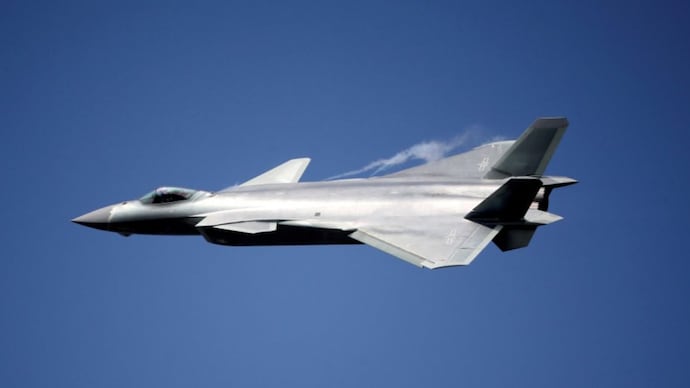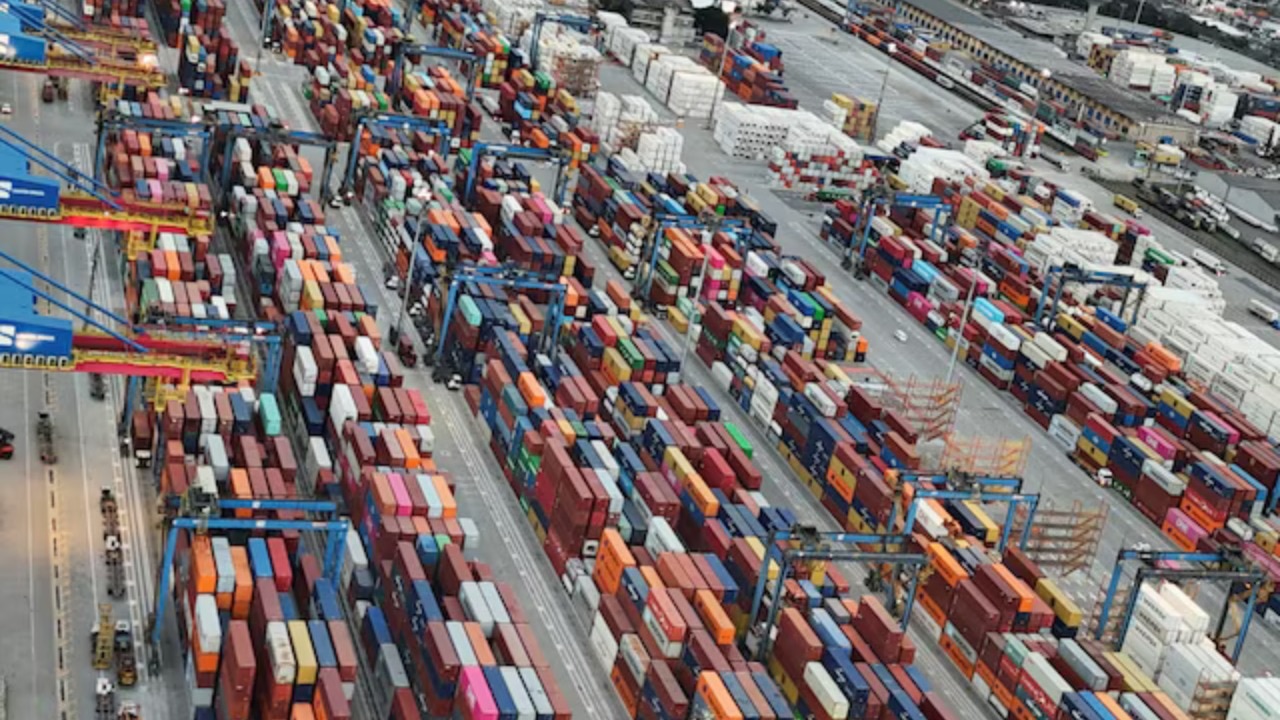A Chinese fighter jet intercepted a Japanese surveillance aircraft over the East China Sea, escalating tensions amid ongoing territorial disputes and prompting Tokyo to lodge a diplomatic protest.

China currently has two aircraft carriers, Liaoning, a refit of the Soviet-era ship, and Shandong, an indigenously built 2nd aircraft carrier commissioned in 2019. (Representational image)
Tensions flared again over the East China Sea on Thursday as a Japanese surveillance aircraft was intercepted by a Chinese warplane in international airspace, marking the second such incident in as many days and continuing a pattern of increasingly risky encounters between the two nations.
According to Japan’s Defence Ministry, a YS-11EB intelligence-gathering aircraft from the Air Self-Defence Force was intercepted by a Chinese JH-7 fighter-bomber while flying over the disputed waters.
The encounter took place near the Senkaku Islands, a territory administered by Japan but also claimed by China, which refers to them as the Diaoyu Islands.
The ministry reported that the Chinese aircraft approached the Japanese plane to within 196 feet horizontally and 98 feet vertically, describing the maneuver as “unusual” and cautioning that it could have led to a collision. The close encounter lasted for approximately 10 minutes. No damage or injuries were reported.
A similar incident was reported on Wednesday, when another YS-11EB aircraft was intercepted by a JH-7 fighter for around 15 minutes under similar conditions. It remains unclear whether the same aircraft were involved in both encounters.
These incidents follow a June interception in which Chinese jets from an aircraft carrier confronted a Japanese patrol plane east of the First Island Chain—a strategic line of islands including Japan, Taiwan, and the Philippines, forming part of the U.S. military’s regional containment strategy.
Beijing has defended its actions, accusing Japan of “dangerous provocations” near its military assets. In contrast, Tokyo has repeatedly expressed serious concern and called for measures to prevent a future escalation.
In 2013, China declared an Air Defense Identification Zone (ADIZ) over much of the East China Sea, demanding foreign aircraft notify Chinese authorities before entry. The zone is not internationally recognized and has been a persistent source of friction.
The Japanese government continues to monitor the situation closely and has lodged diplomatic protests, urging China to act responsibly to avoid an unintended crisis in the region.
- Ends
Published By:
Aashish Vashistha
Published On:
Jul 11, 2025

 1 month ago
1 month ago


















